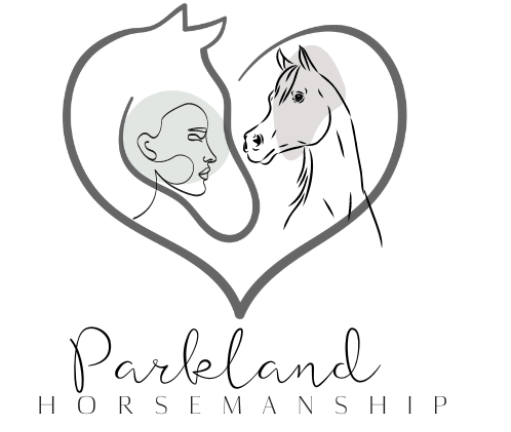Most practitioners of natural horsemanship reject any training techniques that involve pain or fear; they encourage an intimate partnership between horse and handler based on open dialogue and trust.
Contrary to popular belief, natural horsemanship does not involve using rope halters, western saddles, or flags around horses’ heads as methods for training them; rather it entails understanding and respecting each animal’s natural behaviors.
Reinforcement
Reinforcement refers to any act which increases the frequency or likelihood of certain behaviors happening again, whether this means adding something positive (food) or taking away something (like crop smack). Punishments which decrease frequency/likelihood of behaviors being repeated again are also frequently employed and can help eliminate bad habits like bucking and rearing.
New Hope (NH) training focuses on teaching horses their inherent behaviors through communication and understanding, rather than force or intimidation. Trainers such as Pat Parelli and Monty Roberts use positive reinforcement training, clicker training and other methods based on learning theories and operant conditioning to accomplish this objective.
Pressure and Release
Pressure and release training is an effective method for teaching horses. This technique uses hand, reins, voice cues, body cues or body language cues to encourage desired behaviors from horses. Operant conditioning teaches horses to respond to pressure until it achieves the requested action.
If you want your horse to transition from trotting into canter, apply pressure with a crop until they make that change in gait and release pressure immediately upon realizing what has happened. As soon as they make this shift in gait, stop applying pressure.
Timing of application and release of pressure is critical when employing this training method. Trainers may become frustrated if a horse does not respond immediately to a training request, leading them to become impatient or aggressive when handling the horse, potentially prompting it to flinch from them and avoid desired behaviors altogether.
Patience
A good trainer must possess patience and calm, an attribute which also applies to handlers or riders. Horses quickly pick up on human energy and attitude and often mirror this behavior with their behavior.
Patience in horse training means not losing patience when lessons don’t immediately go according to plan. Horses take time to grasp new concepts, so short training sessions may help ensure your equine doesn’t get confused or disheartened by unfamiliar concepts.
As soon as a horse becomes disgruntled at being petted by its trainer or begins ignoring them altogether, that’s an indicator of them losing patience with them and should prompt him/her to step away from being petted one more time before giving the animal some respite from being handled. Over time, horses learn it is better to remain close and listen than try and flee from their master trainer.
Consistency
As with any training technique, consistency in cues – including hand, voice and leg signals as well as release of pressure from bit or rein – is vital to ensure horses understand what you want from them. Consistency helps the horse understand your goals more fully as well as whether they were met.
Positive reinforcements such as verbal praise or clickers are used to motivate horses during training sessions, such as verbal compliments or clickers. Punitive measures or negative reinforcements may also be utilized to address bad behaviors like bucking, rearing and kicking.
Behavioral science and animal psychology have contributed to innovative methods for horse training that prioritize their mental and emotional well-being. Many trainers today utilize groundwork such as leading exercises, long reining or liberty training in order to set boundaries and communicate with their horse; this builds trust between the pair as it establishes communication lines for better bonding during training sessions and more relaxed riding experiences.

